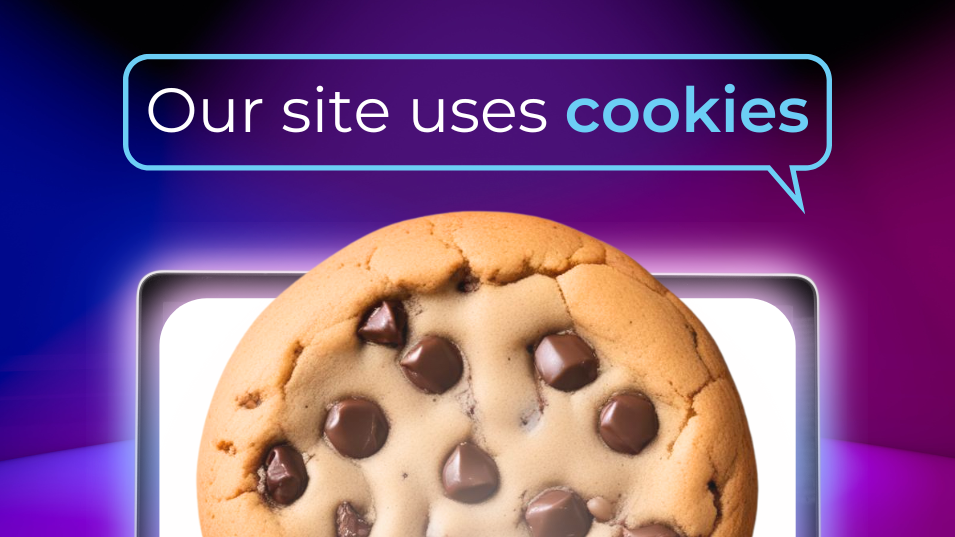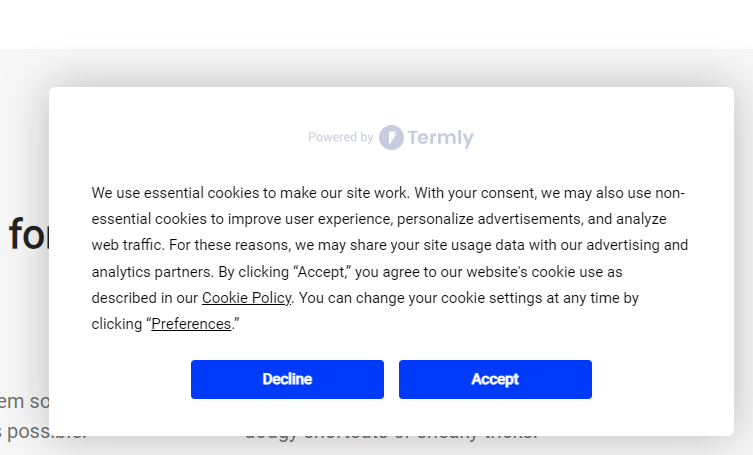
07 Aug Beyond Cookies: How Google’s Shift Impacts Your Marketing Strategy
Marketers love cookies. No, not the sweet heavenly goodness that crunches in your mouth (although, probably), but the small bites of data that get added to your web history every time you browse a website. Third-party cookies have been in the news lately, mostly because Google has once again decided to go back on its previous announcement.
After years of back-and-forth, the search engine has opted to keep third-party cookies. Before you pop the champagne, this news will undoubtedly affect your future marketing strategies. To understand why this is such a significant announcement, we’re breaking down what cookies are, why they’re important and what this shift means for you and your business.
What Are Cookies and Why Are They Important?
Cookies are small pieces of data sent to your browser by a website to help identify you. This helps the website remember information about your visit – it’s one of the reasons you may feel like Google is “listening to you.” This is because these pieces of data match your preferences based on what you read, see or purchase and help improve your web browsing experience. Every time you access a new website, a cookie is created.
When it comes to selling your products or services, cookies are important. It’s especially important for digital marketers because these cookies help track user behaviour and deliver targeted ads. Ever feel like an ad is following you from website to website? That’s because third-party cookies enable marketers to “follow” users across different websites and serve relevant ads based on your interests.

A Cookie Banner
Google’s Planned Phase-Out
The last few years have been somewhat of an awakening for internet users. Frequent data breaches, lack of transparency and an increasing awareness of privacy issues are just a handful of reasons users are concerned about their data and how it’s used. With the growing criticism, Google responded by charting “a course towards a more privacy-first web.”
The planned phase-out of third-party cookies in the Chrome browser was initially scheduled for 2022 but was later extended to 2023. The Privacy Sandbox was the solution for advertisers and publishers, allowing them to “build innovations that protect anonymity while still delivering results.”
The Recent Reprieve
With so many deadline extensions from Google, many marketers have felt like they’ve been on a rollercoaster, teetering at the top and waiting for the drop. Unfortunately, with the latest announcement, it doesn’t seem like the thrill of the ride will be enjoyed by any marketers or advertisers.
So, what’s the big deal? Well, the last few years have seen advertisers preparing for a digital world without cookies. Countless man-hours and finances have been poured into ensuring marketing strategies are ready for Google’s phasing out of its third-party cookies. Needless to say, the move has left many shaking their fists in frustration and asking whether this is time and money flushed down the toilet.
The frustration is understandable, but a cookieless future was inevitable. Here’s why: Google’s new approach to third-party cookies centres on giving users more control. This shift mirrors what advertisers faced a few years ago with Apple, which allowed users to opt out of tracking—most did, leading to a significant drop in advertiser data. The same outcome is likely with Chrome, as only a small percentage of users are expected to consent to tracking.
What Now?
Even with Google’s back and forth, marketers will still need to be prepared for the eventual phase-out of third-party cookies. While the future may look uncertain, this shift to a more privacy-centric approach could provide a host of opportunities if we’re willing to adapt. However, there are myriad of ways we can jump into this cookieless future:
Enhance Your First-Party Data Strategy: This is data you collect directly from your customers. Marketers will need to invest in collecting first party data, which will include finding ways to improve CRM Systems, creating compelling content that encourages users to share, and using this to personalise customer’s experiences.
Leveraging Contextual Advertising: Contextual advertising is a nifty way to reach your target customer. It essentially involves placing ads on websites that are aligned with your brand. For example, if someone is reading an article about hiking gear on an outdoor adventure blog, they might see an ad for hiking boots, backpacks, or outdoor clothing. The ads are aligned with the context of the content, making them more likely to be relevant and engaging for the reader. This is a great way to “deliver your ads” while still respecting customer’s privacy.
Google’s extension on the phase-out of third-party cookies offers a valuable opportunity for marketers to prepare for the impending changes. By focusing on first-party data strategies, exploring new technologies, and prioritising transparency, you can adapt your digital marketing efforts to thrive in a future without third-party cookies.
Are you ready to adapt to a cookieless future? Whether you’re looking to reach more customers, improve your SEO Strategy, or dive into the world of social media, we’re your partner in the ever-changing digital landscape.
